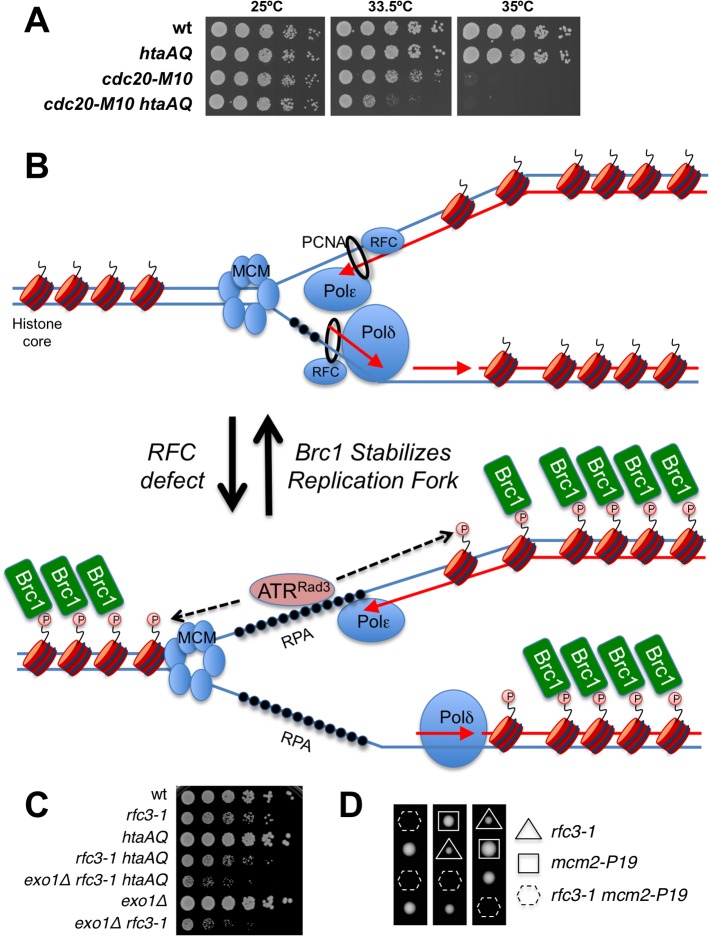Fig 8. γH2A is critical in a DNA polymerase epsilon mutant.
(A) Eliminating γH2A has a strong negative genetic interaction with the temperature sensitive cdc20-M10 mutation of DNA polymerase epsilon in cells incubated at 33.5°C. (B) An RFC defect results in reduced loading of PCNA and poor coordination of MCM DNA helicase and DNA polymerases. Exposed ssDNA bound by RPA recruits ATR (ATR-ATRIP/Rad3-Rad26) that phosphorylates H2A without involving Rad17-RFC or the Rad9-Hus1-Rad1 checkpoint clamp. Brc1 binding to γH2A stabilizes the replisome at the replication fork. (C) Genetic interaction analyses showing that exo1∆ mutation does not rescue poor growth of rfc3-1 htaAQ strain. (D) Tetrad analyses showing synthetic lethality between rfc3-1 and mcm2-P1. Spores were germinated at 25°C.

